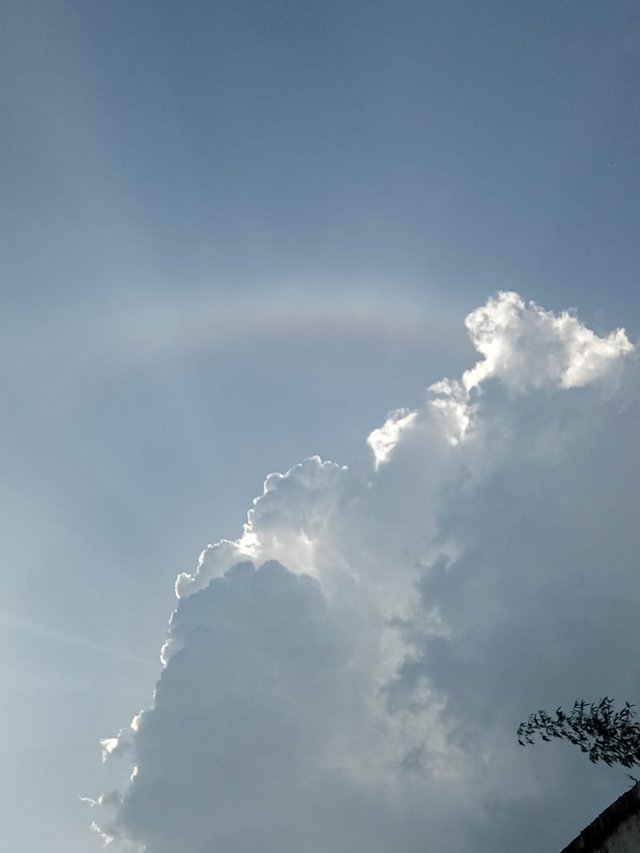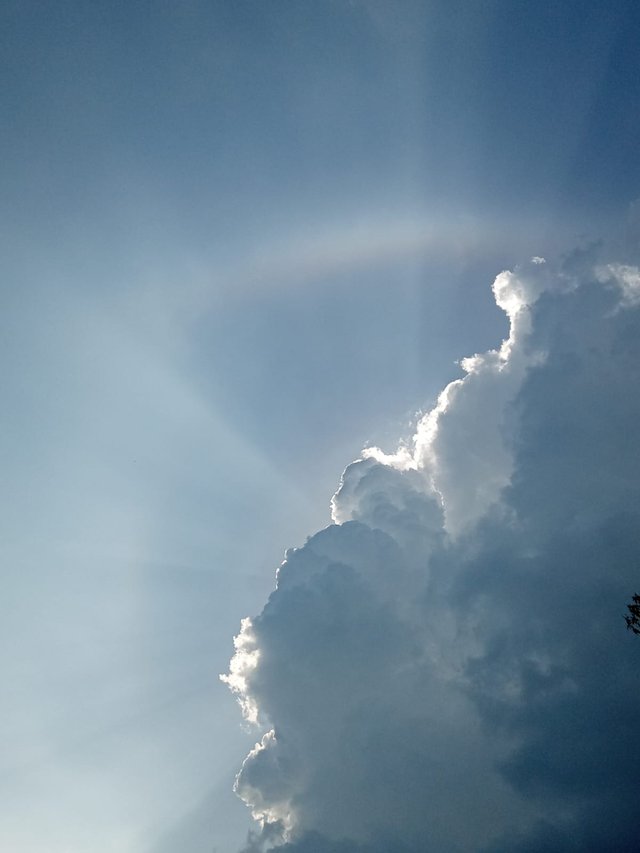Sky Photography and Rainbows: Capturing Nature's Splendor
Sky Photography and Rainbows: Capturing Nature's Splendor

Sky photography is an art that captures the beauty and ever-changing moods of the atmosphere above us. Whether it's a stunning sunset, fluffy clouds, or a vibrant rainbow, the sky offers endless opportunities for photographers to create awe-inspiring images. Today, let’s focus on one of nature’s most magical phenomena: rainbows.
Why Sky Photography?
Sky photography connects us to the larger world, offering a sense of tranquility and wonder. The endless blue of a clear day or the drama of an approaching storm holds the power to evoke deep emotions. For many, it’s a form of meditation—a way to pause and admire the vastness and beauty around us.
Sky photography can include:
Serene sunsets and sunrises
Dynamic cloud formations
Thunderstorms and lightning strikes
Starry nights and Milky Way shots
The ethereal beauty of rainbows
The Magic of Rainbows
Rainbows are one of the most captivating natural phenomena, a visual display of color that seems almost otherworldly. They occur when sunlight is refracted, reflected, and dispersed through water droplets in the atmosphere, forming a spectrum of colors in the sky.
Rainbows typically feature:

Red on the outer edge
Violet on the inner edge
Various colors in between: orange, yellow, green, blue, and indigo.
How to Photograph Rainbows
Check the Weather: Rainbows often appear after a rainfall when the sun is shining, typically in the early morning or late afternoon. Rain showers followed by sunlight offer the perfect condition.
Positioning: To capture a rainbow, the sun must be behind you, with the rain in front. The low angle of the sun during early morning or late afternoon enhances the vibrancy of the colors.
Lens Choice: Use a wide-angle lens to capture the full arc of the rainbow. A focal length of around 24mm (on a full-frame camera) works well to get the entire scene.
Settings: Set your ISO low (100-200) to avoid noise and maintain sharpness. Use a smaller aperture (f/8 to f/11) to ensure that both the rainbow and the landscape are in focus. Adjust your exposure to prevent the sky from being overexposed and losing detail in the rainbow.
Polarizing Filters: A polarizing filter can enhance the colors of a rainbow, making it more vibrant in your photo.
Post-Processing Tips
Once you've captured your rainbow shots, a little post-processing can enhance the image without losing its natural beauty. Use tools like Lightroom or Photoshop to:
Boost the vibrancy and saturation of the rainbow colors.
Adjust the contrast between the rainbow and the sky for a more defined look.
Remove any distractions from the background to let the rainbow shine as the focal point.
Conclusion
Sky photography is an ever-evolving art form, and capturing rainbows adds a touch of magic to your portfolio. By understanding the science behind rainbows and practicing the right techniques, you can create stunning images that showcase the natural beauty of the sky. So, next time you see a rainbow after the rain, grab your camera and capture the wonder!
Happy shooting! 🌈
What are your favorite sky photography moments? Have you captured any stunning rainbows? Share your photos and experiences in the comments below!